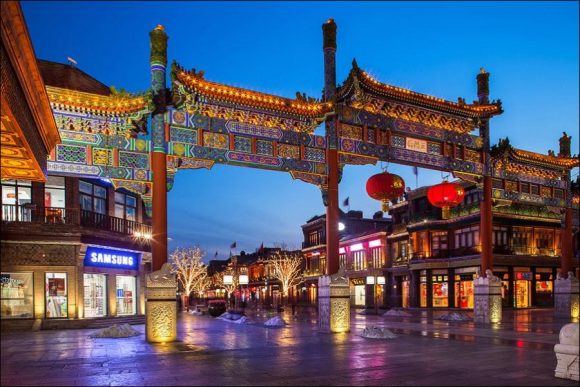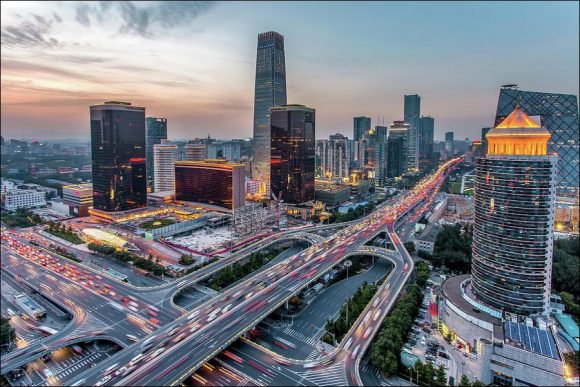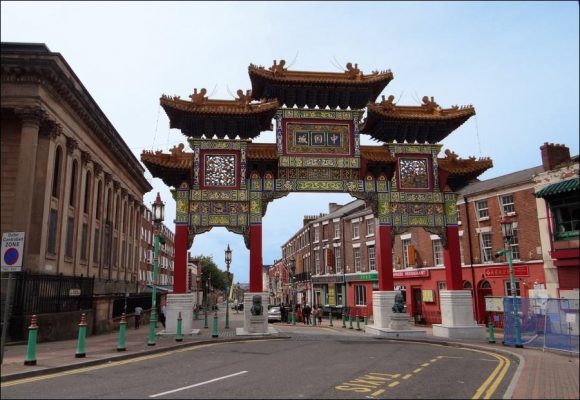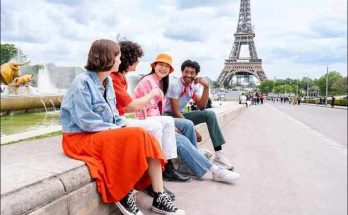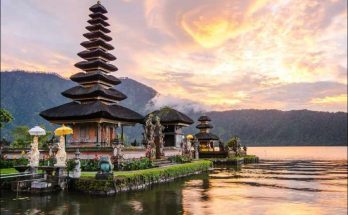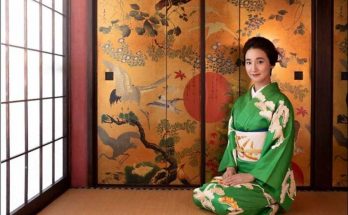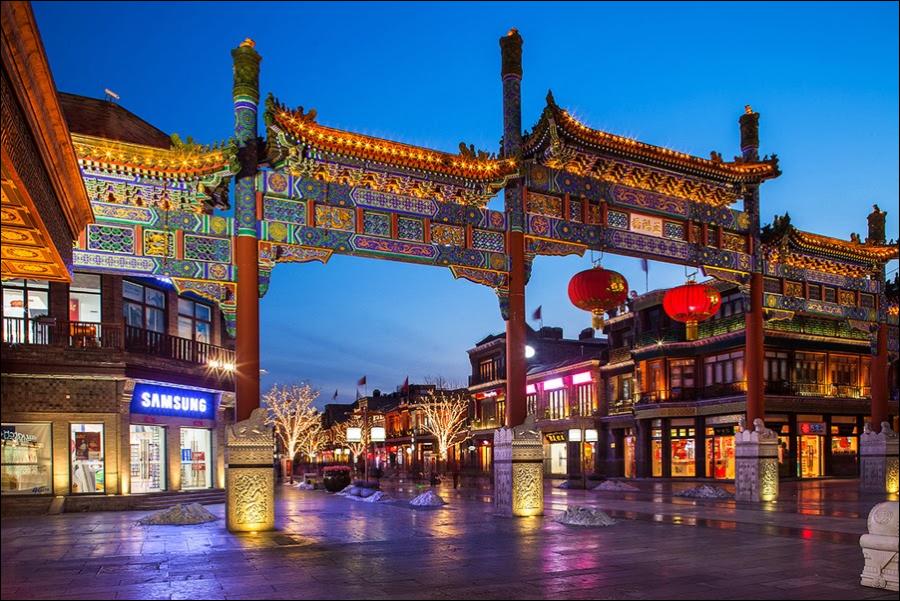While traveling to China, his civilization with a written history of 4 thousand years wonders the country of Mao, who took radical steps on the way of communism such as “Great Walk, Cultural Revolution” from 1949 to 1978; I wanted to see what kind of a collage he made today, as well as these traces from the past. Let me tell you right away, it is hard to say that a collage has emerged. Apparently today’s landscape is so striking, so dominant that you can not help yourself to focus on today, sometimes with admiration and sometimes anxiety; The traces of the past are almost lost.
I had the opportunity to see three big cities such as Beijing (21 million), Shanghai (24 million), Shian (8 million) and a small city (Tongli). I thought these cities, which became giant, turned into concrete forests due to skyscrapers, roads, viaducts, distant people with traffic, and make-up, were not yet history, new orphaned but degraded, rather than the meeting of dragon and capitalism.
For this reason, this urbanization and life in the cities affected me more than the historical places we visited. For example, Tiananmen Square, which has witnessed many historical events, lost its majesty, and it seemed divided and shrunk in the middle, as it separates Mao’s Mausoleum and the Monument of Heroes and the Gate of the Sun and the Forbidden City … Visiting Mao’s Mausoleum, flower There is a lot left, but it is obvious that that period was left in the past.
The magnificent Forbidden City of the Chinese Empire, which has been the venue for many films, has not been able to go beyond being a massive, glamorous but imposing collection of buildings on earth, with a length of 1000 meters and a width of 800 meters. Maybe he searched for the ceremonial continents, flying flags, magnificent clothes that turned to the color festivity of the imperial period. nevertheless, the emperor, unlike the Forbidden City, seemed emptied and his soul gone!
Dragons were the most left in my mind; stone carving, tree and granite sculpture, relief on the wall, silk clothes, dragon wherever you look.
After all, like the Forbidden City, (the Great Wall, Buddha temples, summer palaces, gardens) there were many fascinating places we visited, but none of the three could overcome the reality of China today. One of the two places that made me forget about the fact that China is today, those concrete cities stretching outside, was the water city, Tongli, with Terra-Cota soldiers in ŞiAn (Xi An). The traditional Tang dances that I had the opportunity to watch in ŞiAn are among the beauties that I remember with the amazing stage design and the magic of colors.
Tongli is called Venice of the East; It is possible to breathe a little differently and feel China in this cute city with its canals and beautiful bridges connecting the two sides. Houses, shops around the canal are modest but at least belong here… A woman rowing the boat we ride; He made this trip even more unforgettable by singing during the tour.
Terra-Cota soldiers dating back to 260 BC are without exaggeration, breathtaking; I could not get enough of traveling, taking pictures… After the first emperor of the feudal era united China, while making its own grave, hundreds of soldiers, commanders and horse carts were buried and buried in three pits. So far, 500 human-sized statue of soldiers, 18 chariots made of wood, more than 100 horses; The joining of the pieces from the pits continues; As a result, it is said that the number of soldiers will be based on 7000. You can think of what size claim, but considering the period it was made, it is obvious that it is an admirable job from its design to its construction. This underground army, discovered in 1974 with that person, is considered to be the eighth wonder of the world that deserves from place to sky.
Views: 527
